Are your skis making skiing harder than it needs to be? If turning feels like a workout or your legs tire too quickly, your skis might be too long. Shorter skis offer better control, easier turns, and less strain on your body - great for beginners and seasoned skiers alike.
Key Takeaways:
-
Signs Your Skis Are Too Long:
- Struggle with sharp turns.
- Less stability and faster fatigue.
-
Problems with Long Skis:
- Harder to maneuver in tight spaces.
- Increased joint strain and muscle soreness.
-
Benefits of Short Skis:
- Easier to control and turn.
- Beginner-friendly and less tiring.
- Compact and portable.
Quick Tip: For most recreational skiers, skis under 160 cm provide a balance of agility and control. Snowfeet offers options as short as 44 cm, making skiing more fun and manageable for everyone.
Signs Your Skis Are Too Long
Trouble Controlling Turns
Using skis that are too long can make turning a challenge. You might notice:
- A larger turning radius that makes sharp turns difficult [4]
- The need for extra effort to change directions [4]
Stability and Fatigue Issues
Longer skis can also lead to problems with balance and energy, such as:
- Feeling less stable at higher speeds [1]
- Legs tiring quickly due to the additional work required [4]
These challenges highlight the main difficulties caused by skis that are too long. Up next, we'll explore the core issues they bring to your skiing experience.
How Long Should Your Skis Be? My BEEF With The Ski Monster

Issues with Long Skis
Struggling with sluggish turns or feeling worn out too soon? Your skis might be too long. Here’s why oversized skis can be a problem:
Reduced Agility
Long skis can feel bulky, making turns and transitions harder. They slow down quick direction changes, especially in tight spots like tree runs or uneven terrain. Short-radius turns become much tougher, and navigating crowded slopes feels less controlled.
Joint Discomfort
The extra weight of long skis puts more strain on your joints, often leading to knee and hip discomfort after a day on the mountain.
Here’s how oversized skis can affect you:
- Harder edge-to-edge transitions
- Awkward handling in tight turns
- More muscle soreness and joint stress
Up next: why shorter skis make turning easier, reduce fatigue, and improve overall control.
Benefits of Shorter Skis
Struggling with sluggish turns or joint discomfort from long skis? Shorter skis offer some clear perks:
Improved Control
Shorter skis allow for quicker edge-to-edge movements and sharper turns, giving you better control on the slopes. This makes them a great choice for navigating tight spaces or busy areas [2].
Beginner-Friendly
For those new to skiing, shorter skis make learning easier. They’re more forgiving, helping beginners master basic turns with less effort. Skiers under 160 cm often find these skis boost confidence and reduce the risk of catching an edge [3].
Easy to Carry
Ranging from 44 to 120 cm, shorter skis are compact enough to fit in a backpack. This makes them much easier to transport, whether you're on the slopes or heading home [2].
sbb-itb-17ade95
Snowfeet Short Ski Options

Snowfeet offers a range of short skis designed to cater to different skill levels. These skis are built to enhance control and reduce fatigue, making skiing more enjoyable and manageable.
Models by Skill Level
Here’s a breakdown of Snowfeet’s short ski options:
| Model Length | Best For | Starting Price (USD) |
|---|---|---|
| 44 cm Skiskates | Freestyle/Agility | $390 |
| 65 cm Skiblades | Beginners | $400 |
| 99 cm Skiboards | Intermediate | $490 |
| 120 cm Short Skis | Advanced | $690 |
Easy-to-Use Features
Snowfeet skis come with adjustable bindings that are compatible with regular winter boots, so there’s no need to invest in specialized ski boots. Their lightweight design helps reduce muscle strain, while responsive edge control minimizes the risk of catching an edge - something that often happens with traditional long skis [2].
Easy to Store and Transport
Forget about bulky ski bags or roof racks. Snowfeet skis are compact enough to fit in a standard backpack or a car trunk [2]. This makes them a great choice for anyone looking for skis that are simple to transport and store.
Comparing Short vs Long Skis
Let’s break down how short skis compare to traditional long skis based on key performance factors:
| Performance Aspect | Short Skis (<160 cm) | Long Skis (>170 cm) |
|---|---|---|
| Maneuverability | Quick and nimble - perfect for tight spaces, moguls, and parks | Slower edge-to-edge transitions; less agile |
| Turn Initiation & Speed Control | Easy to control speed and initiate turns quickly | More stable at higher speeds |
| Learning Curve | Great for beginners - more forgiving and easier to handle | Requires more skill; harder for novices |
| Energy Output | Less tiring; needs less effort from your legs and core | Physically demanding, especially on long runs |
| Snow Conditions | Performs best on groomed trails and packed snow | Excels in deep powder and off-piste terrain |
Now, think about your skiing style and preferred terrain to decide which length suits you best.
How to Pick Your Ski Length
Choosing the right short ski length can make a big difference in your skiing experience. Shorter skis are great for quick turns and require less effort, but finding the right length depends on your skill level and preferred terrain.
Forget the old chin-to-nose rule - focus on what supports your movement best[5].
For beginners and intermediates, skis under 160 cm are a great choice. They make turning easier and help reduce fatigue[3].
Riding Style and Terrain
- Freestyle and park riding: Shorter skis improve maneuverability, making tricks and sharp turns easier[3].
- Groomed slopes: Skis around 120 cm offer a balance of stability and agility[3].
- Recreational skiing: Skiblades between 65–99 cm provide versatility for casual skiers.
Here’s a quick guide to recommended lengths for different skiing styles:
| Skiing Style | Length |
|---|---|
| Quick Turns & Freestyle | 44–50 cm |
| All-Mountain Casual | 65–99 cm |
| Balanced Performance | 120 cm |
These lengths are designed to enhance the agility benefits that short skis naturally provide.
Conclusion: Switch to Shorter Skis
Shorter skis offer better agility for recreational skiers, making sharp turns easier and transportation more convenient. They improve control, help you develop skills faster, and are simpler to handle overall. Consider switching to a Snowfeet model under 120 cm for a practical and modern option that enhances your skiing experience.
FAQs
How can I choose the right ski length for my skill level and skiing style?
Choosing the right ski length depends on your height, skill level, and preferred terrain. Generally, shorter skis are easier to control and better for beginners, while longer skis offer more stability at higher speeds, ideal for advanced skiers.
As a guideline:
- Beginners: Skis should reach from the floor to about your chin.
- Intermediate skiers: Look for skis that reach up to your nose.
- Advanced skiers: Opt for skis that reach up to your eyebrows.
Keep in mind that skiing style also matters. For example, if you prefer carving or freestyle skiing, shorter skis can provide better maneuverability. Always test what feels comfortable and matches your goals on the slopes.
What are the benefits of shorter skis for different skiing conditions?
Shorter skis have several advantages that can enhance your skiing experience in various conditions. They are easier to control and more maneuverable, making them a great choice for beginners or anyone looking to improve their agility on the slopes. Their compact size also makes them ideal for navigating tight spaces like tree runs or moguls, where quick, precise turns are essential.
For freestyle or terrain park enthusiasts, shorter skis are more playful and responsive, allowing for better tricks and jumps. However, keep in mind that shorter skis may feel less stable at higher speeds or in deep, uneven snow. Choosing the right ski length depends on your skill level, preferred terrain, and personal comfort.
Can using shorter skis help reduce joint strain and make skiing less tiring?
Shorter skis can often make skiing less physically demanding by improving control and maneuverability. They are especially beneficial for beginners or those who prefer a more agile skiing experience. By requiring less effort to turn and navigate, shorter skis may help reduce fatigue and strain on your joints.
However, keep in mind that shorter skis might not provide the same stability at high speeds or in challenging snow conditions. For skiers who prioritize precision and ease of use over speed, shorter skis can be a great option for a more comfortable and enjoyable ride.

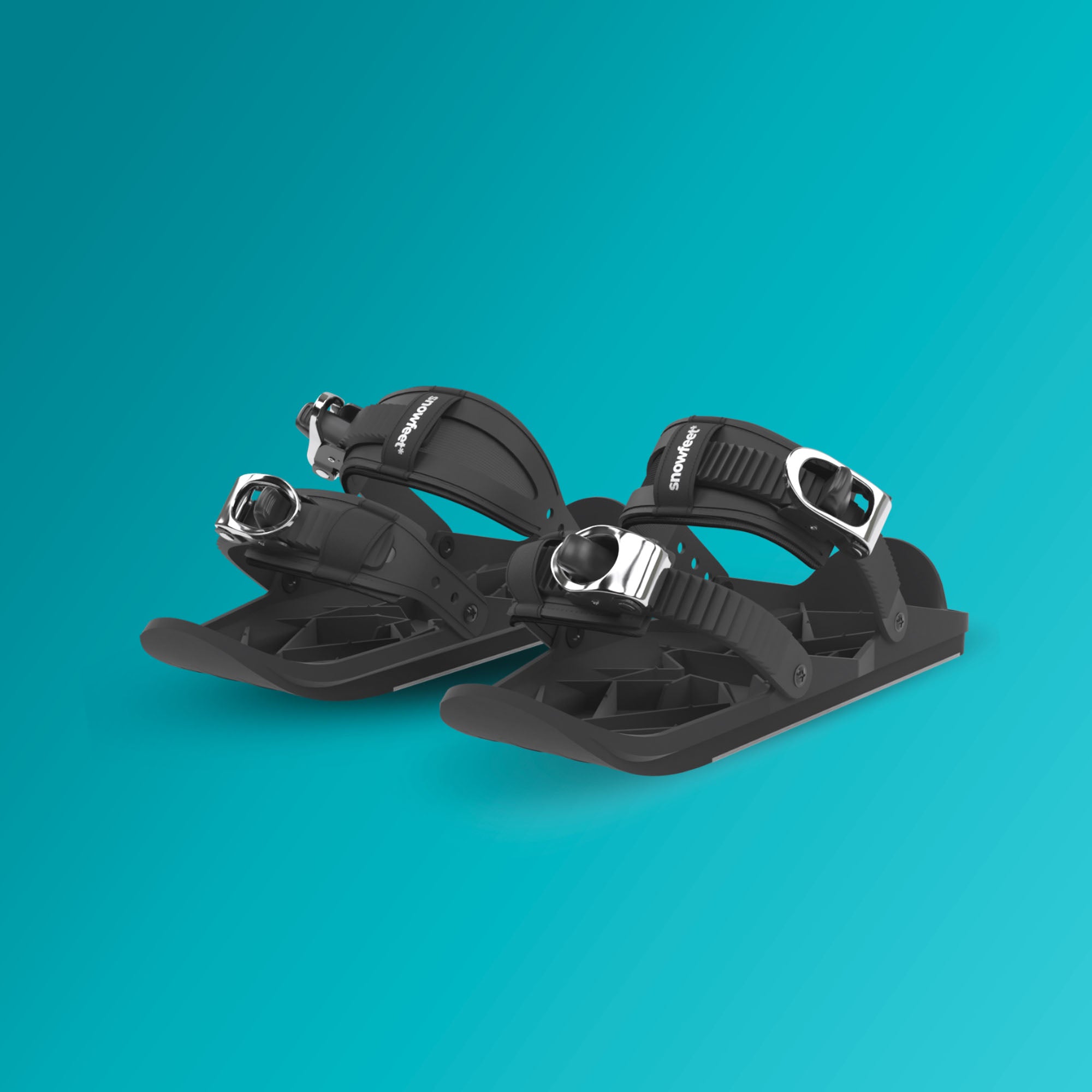


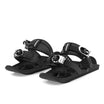
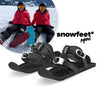

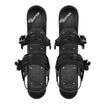


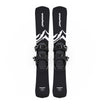
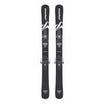
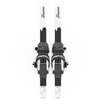
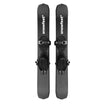
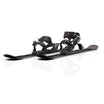
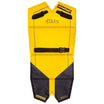

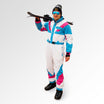
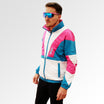
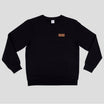
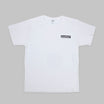
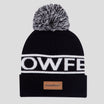
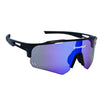
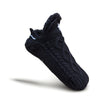

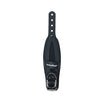
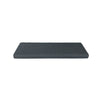
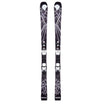




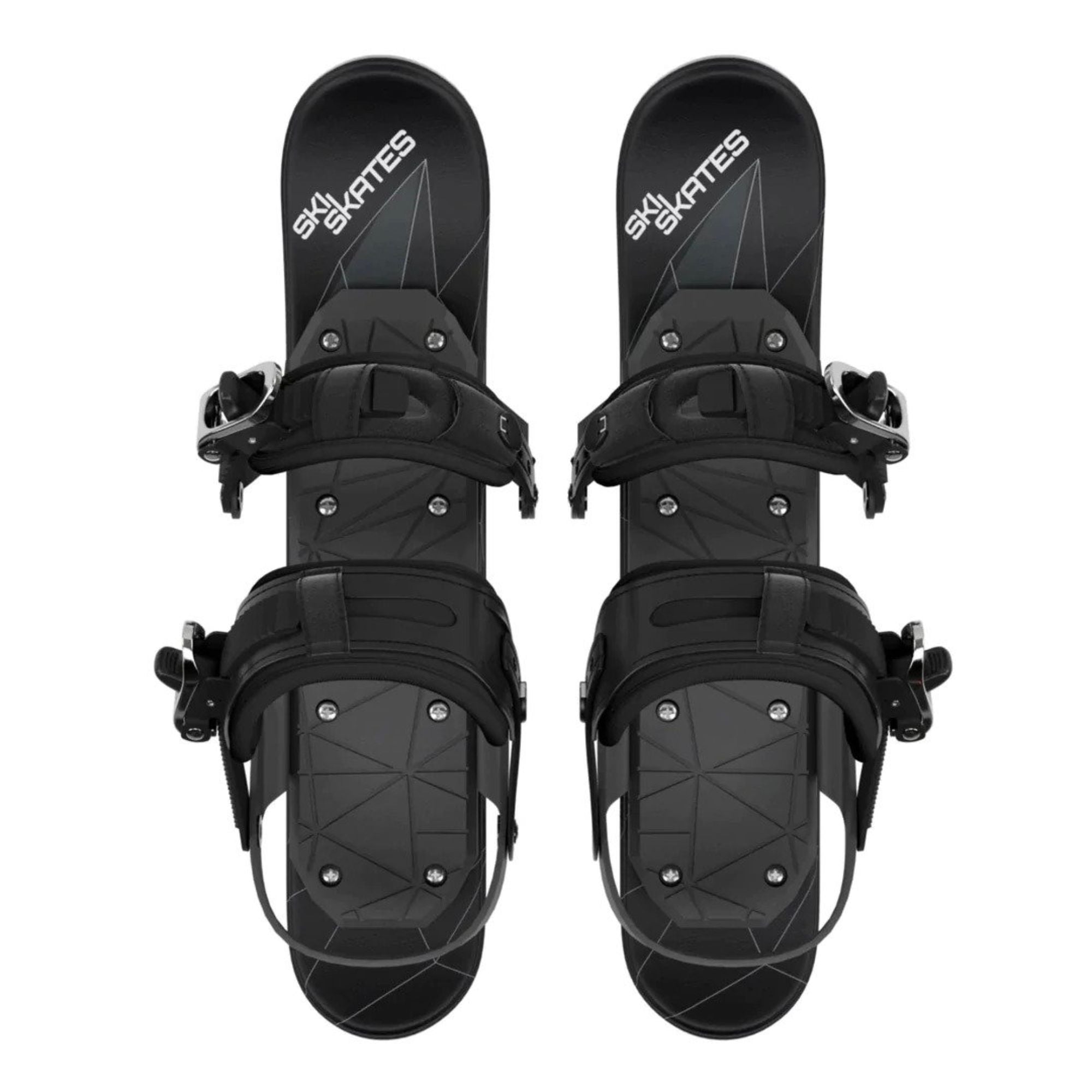
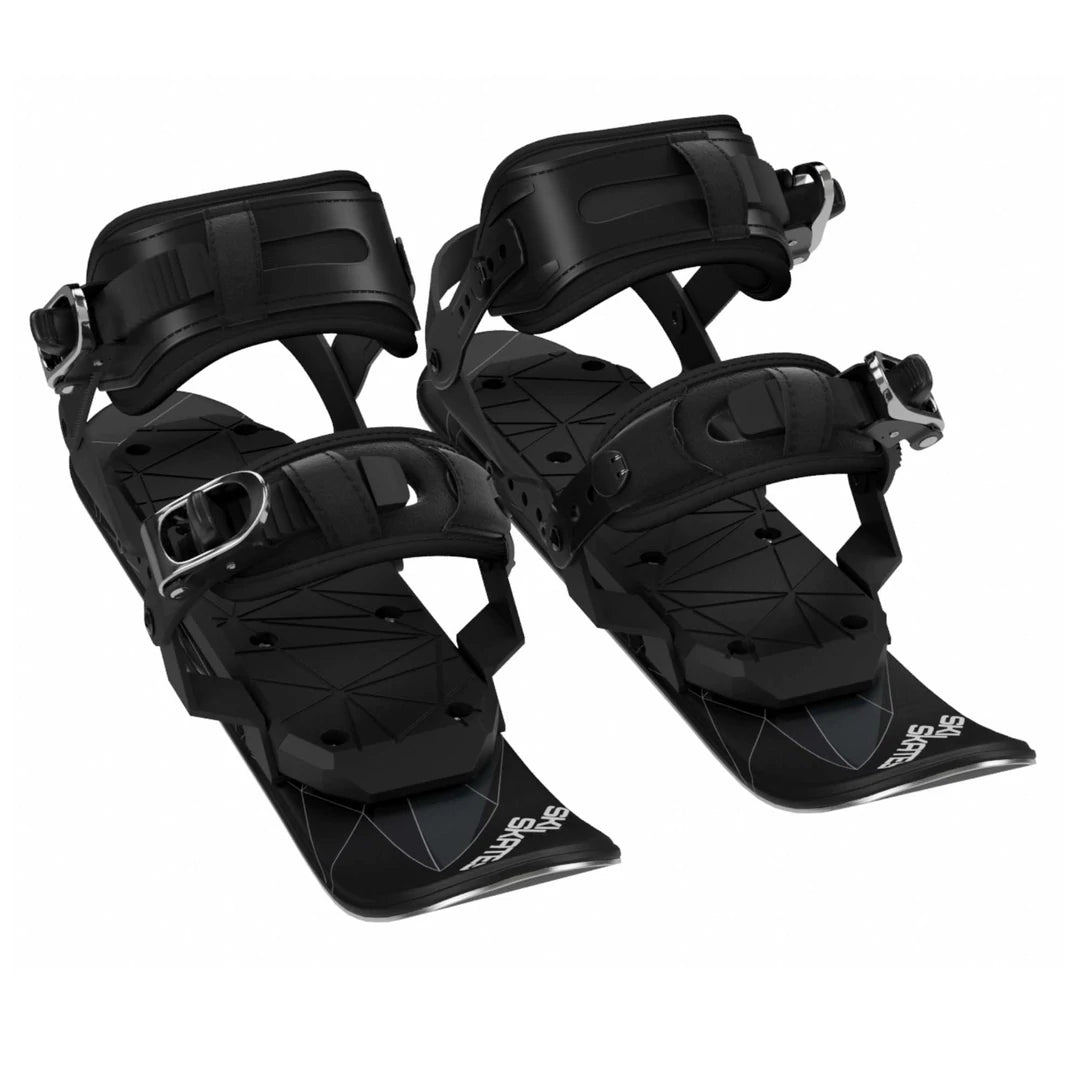
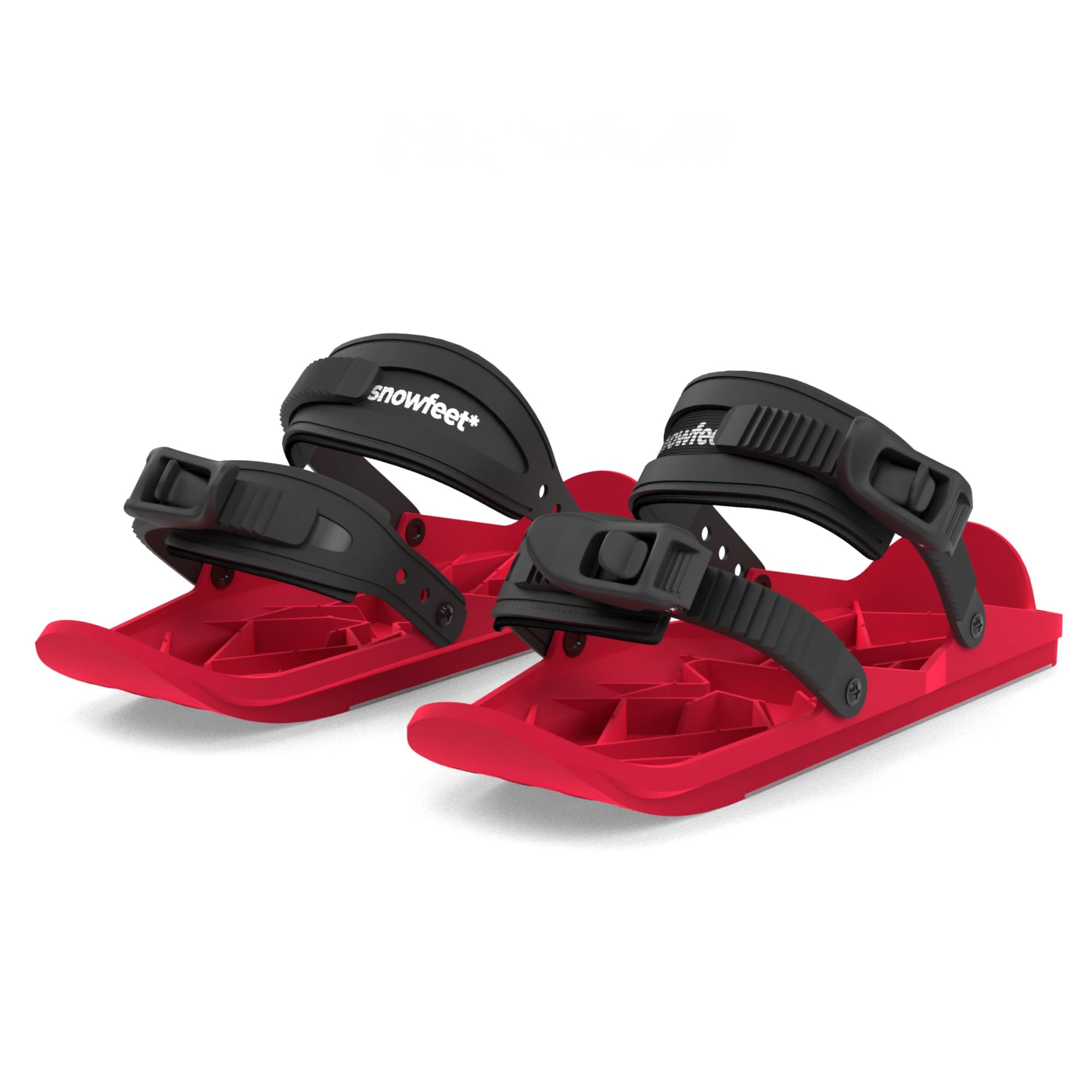





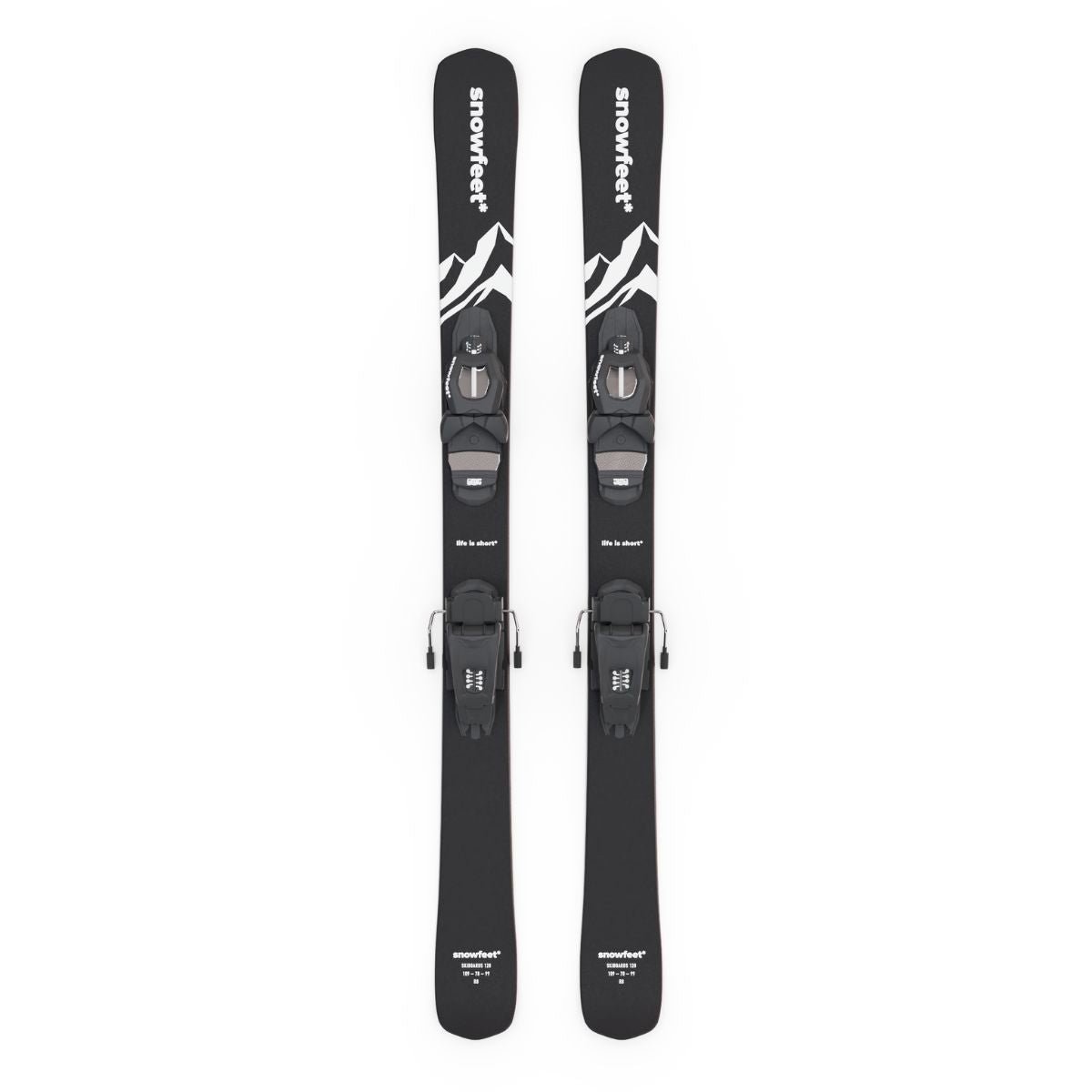
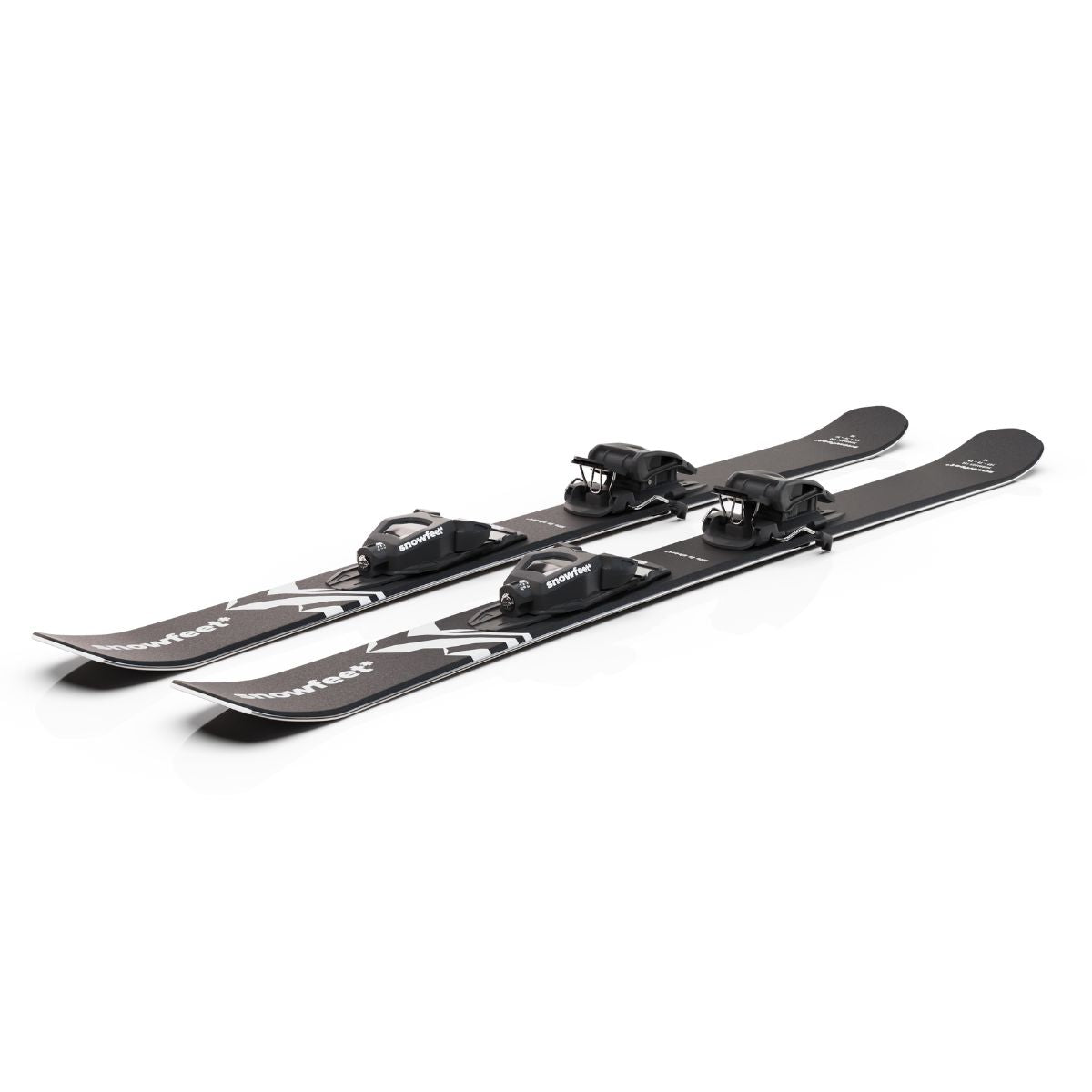
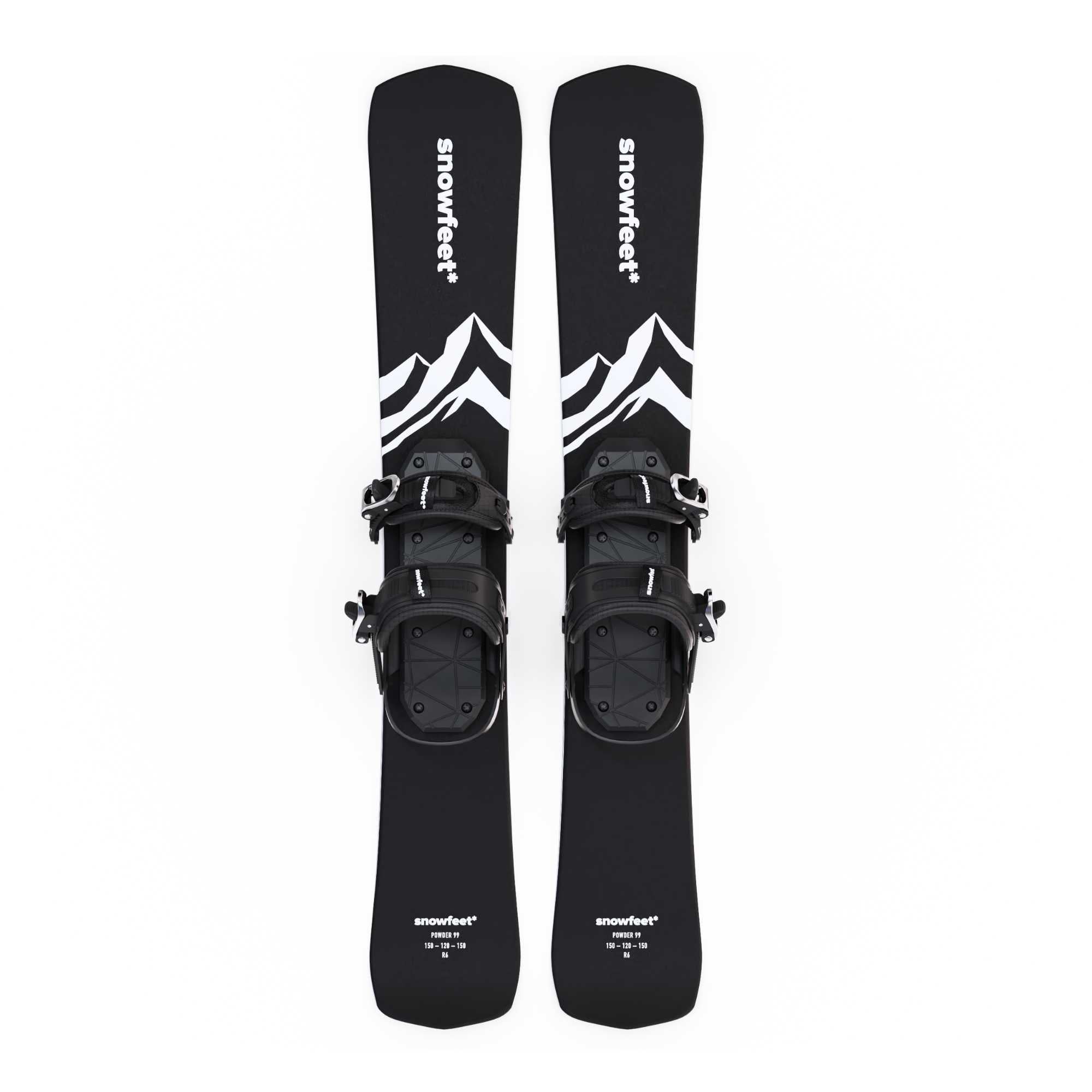
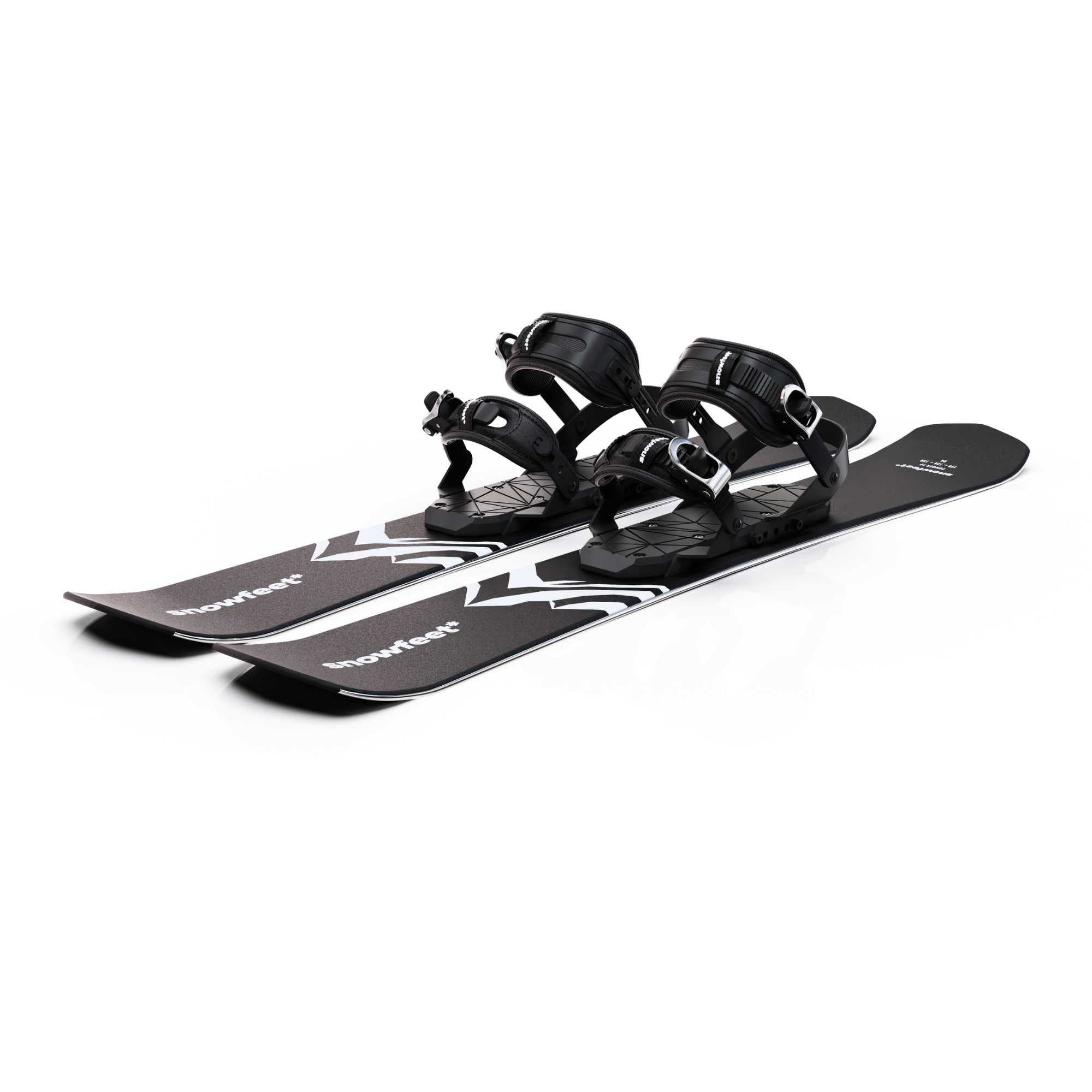
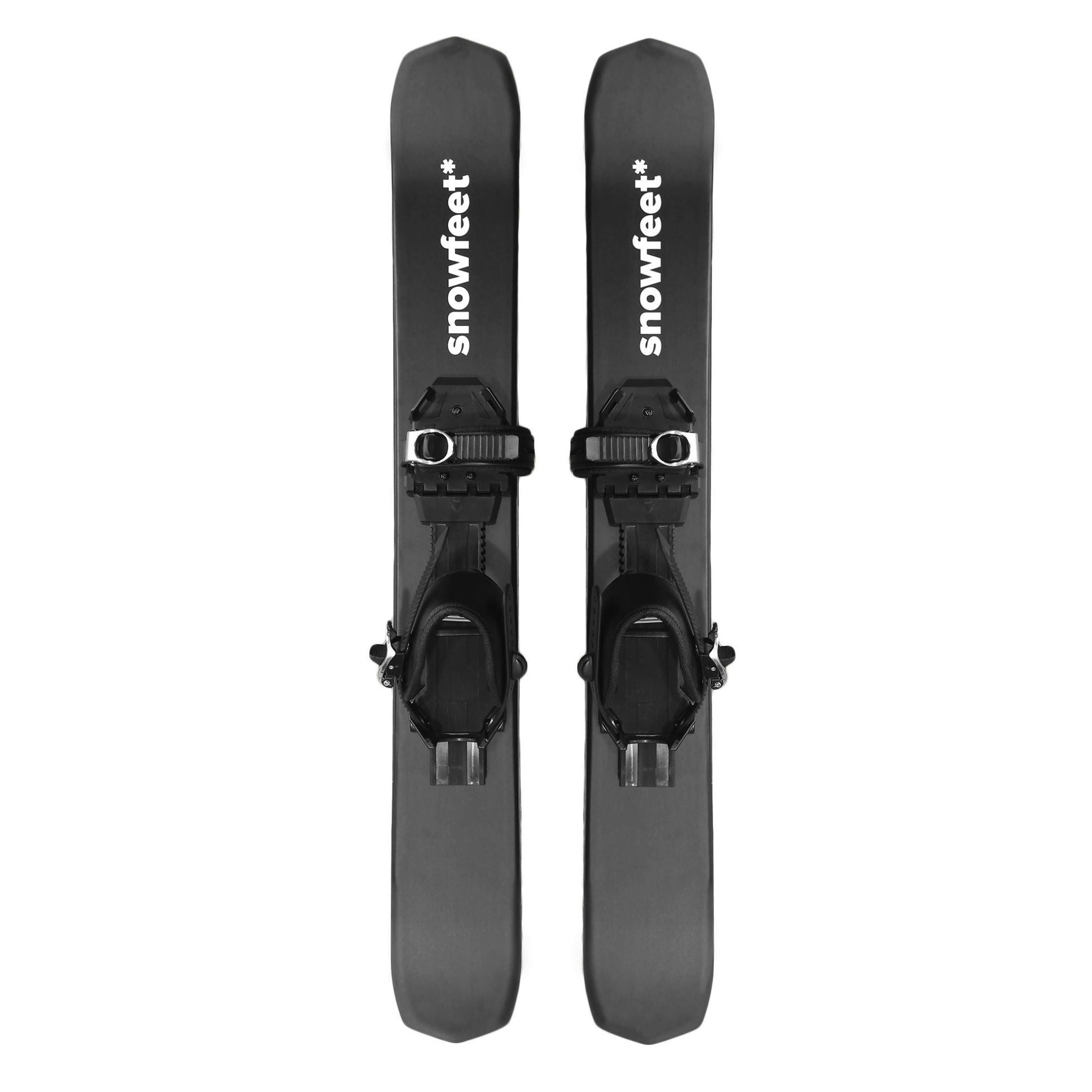
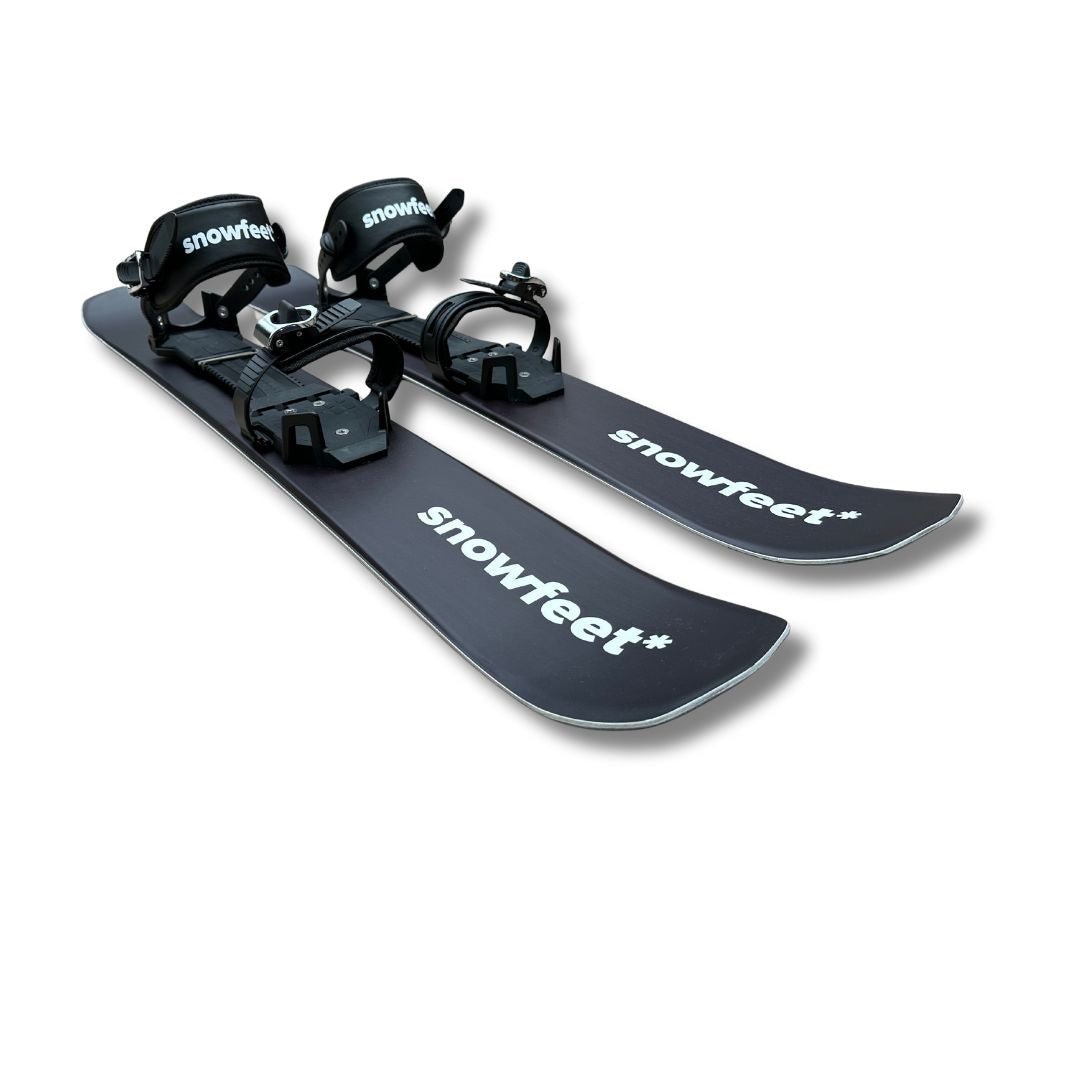
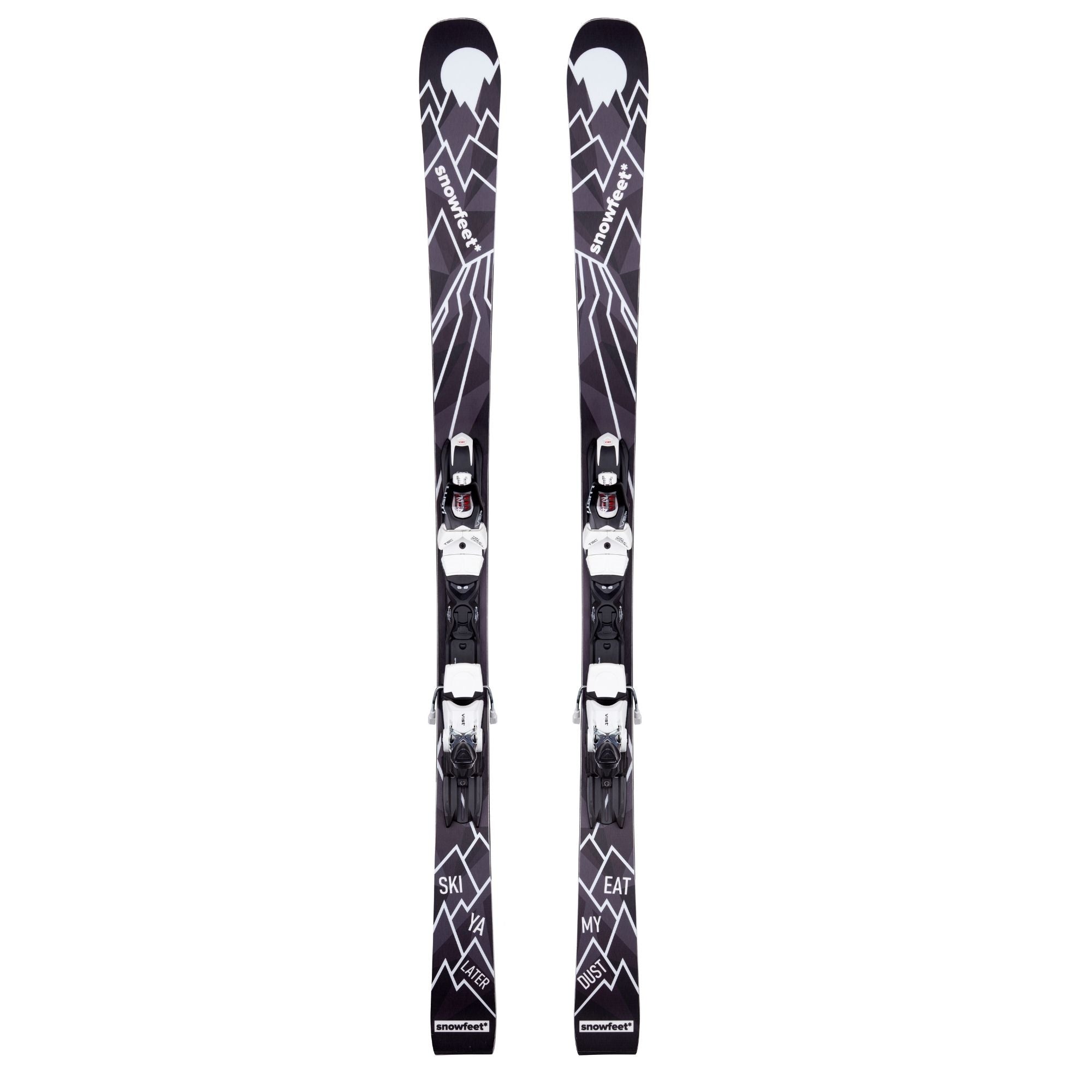
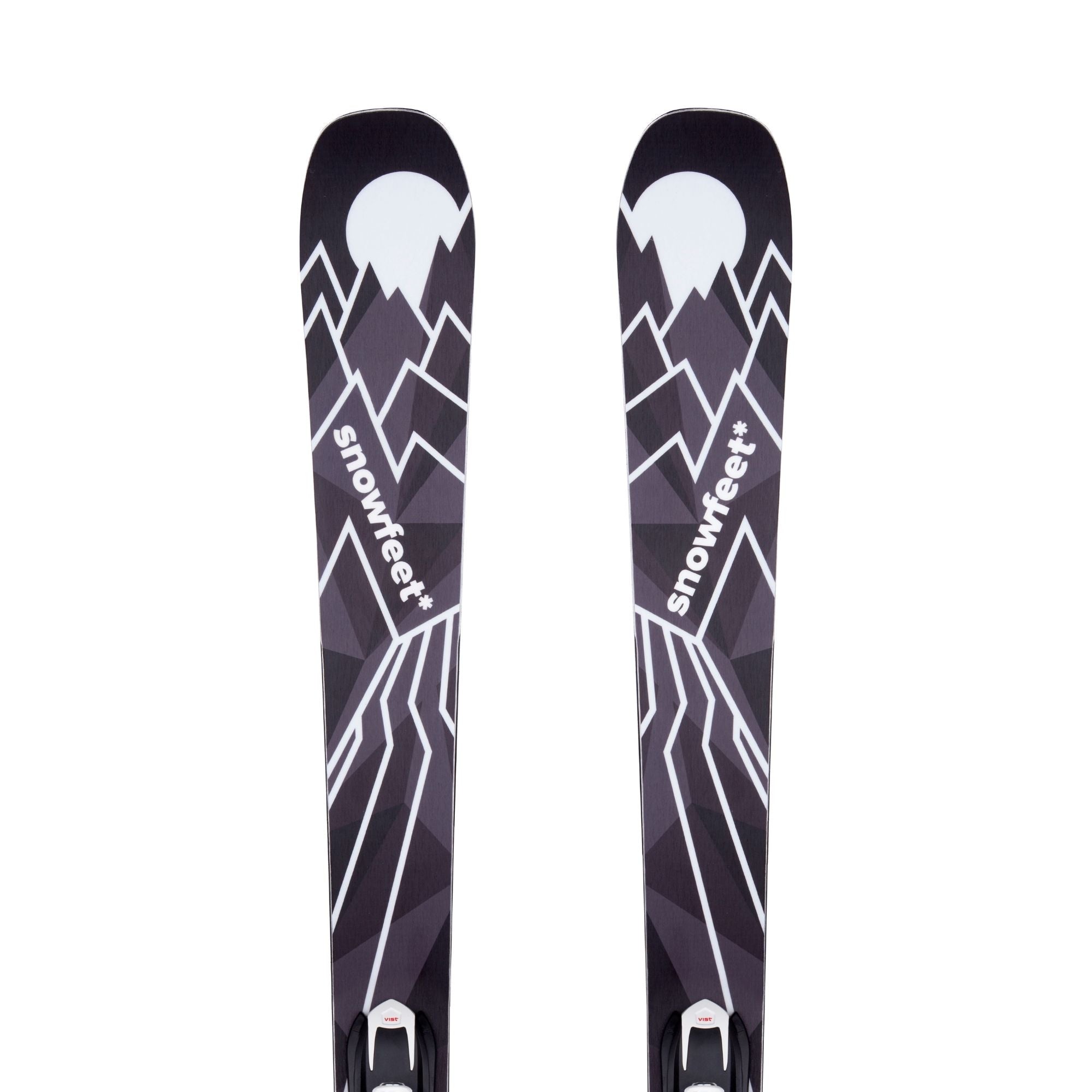
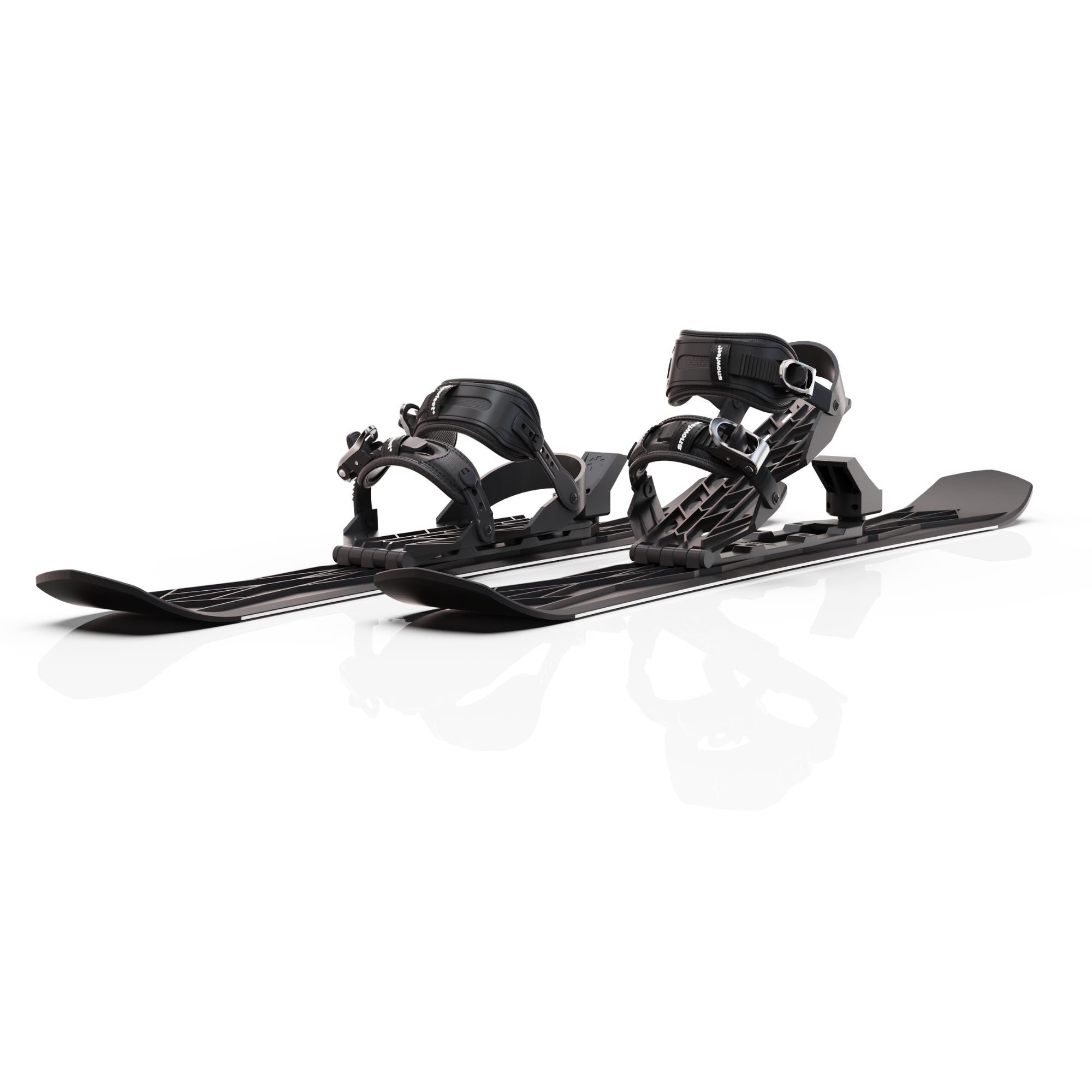

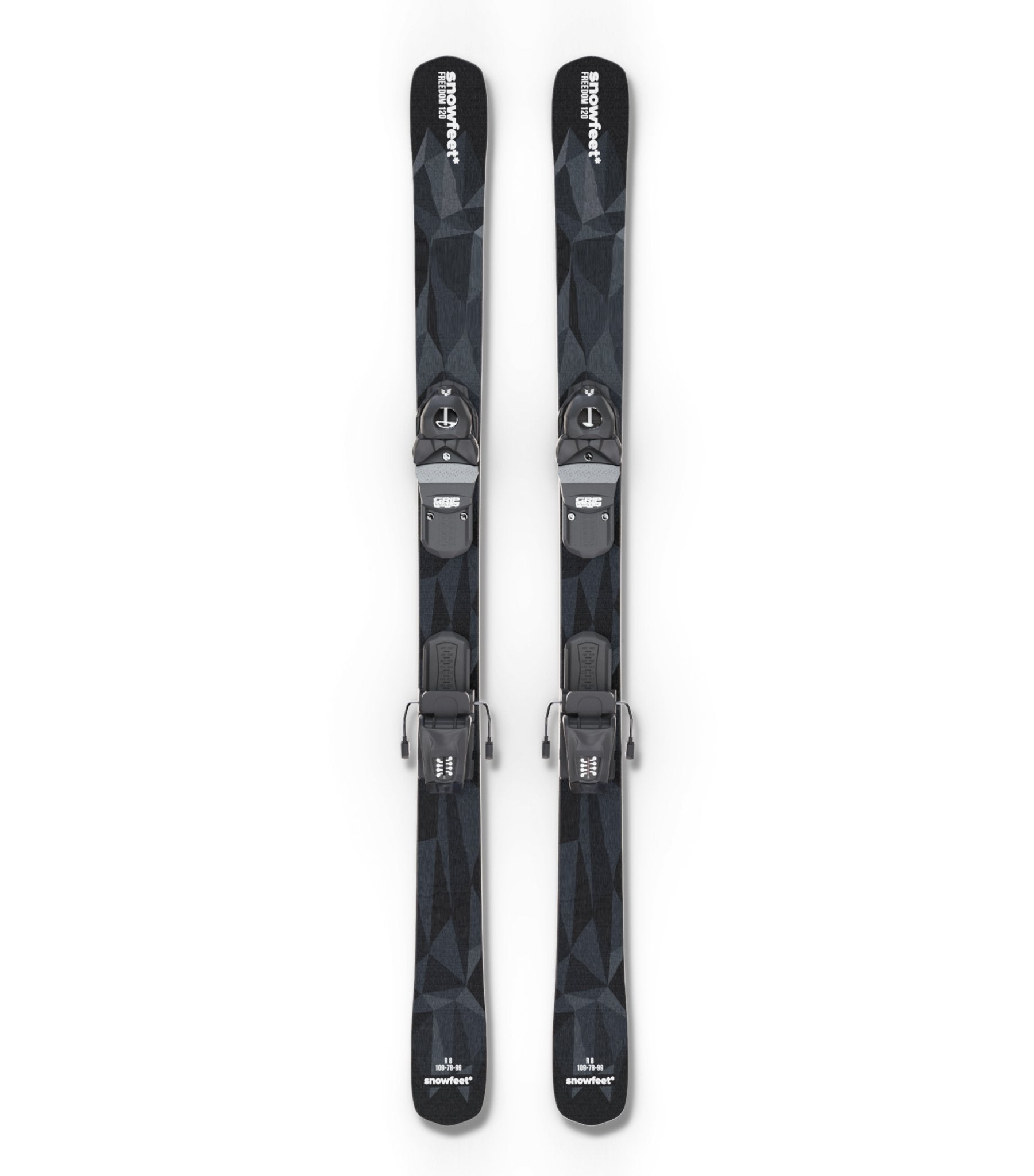
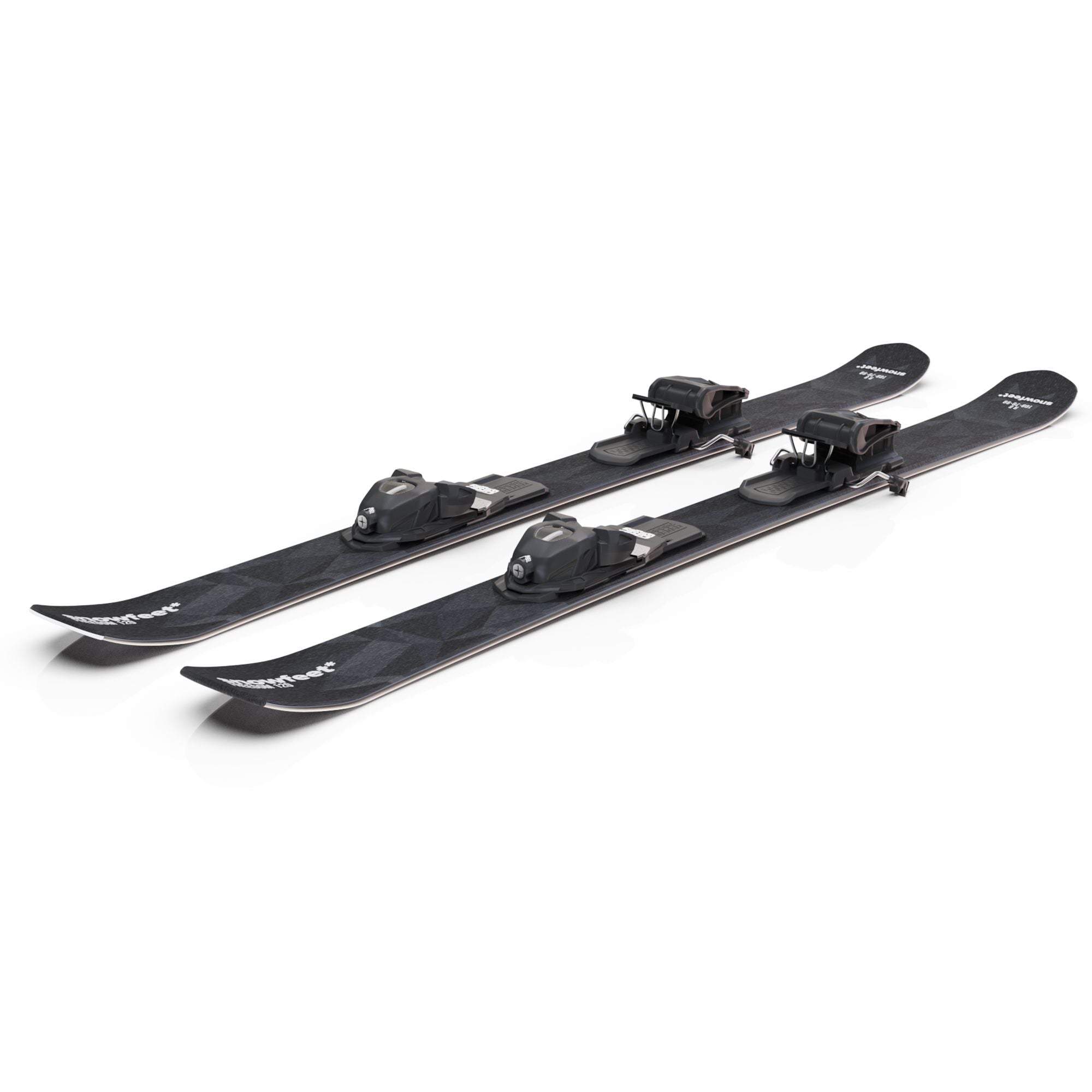
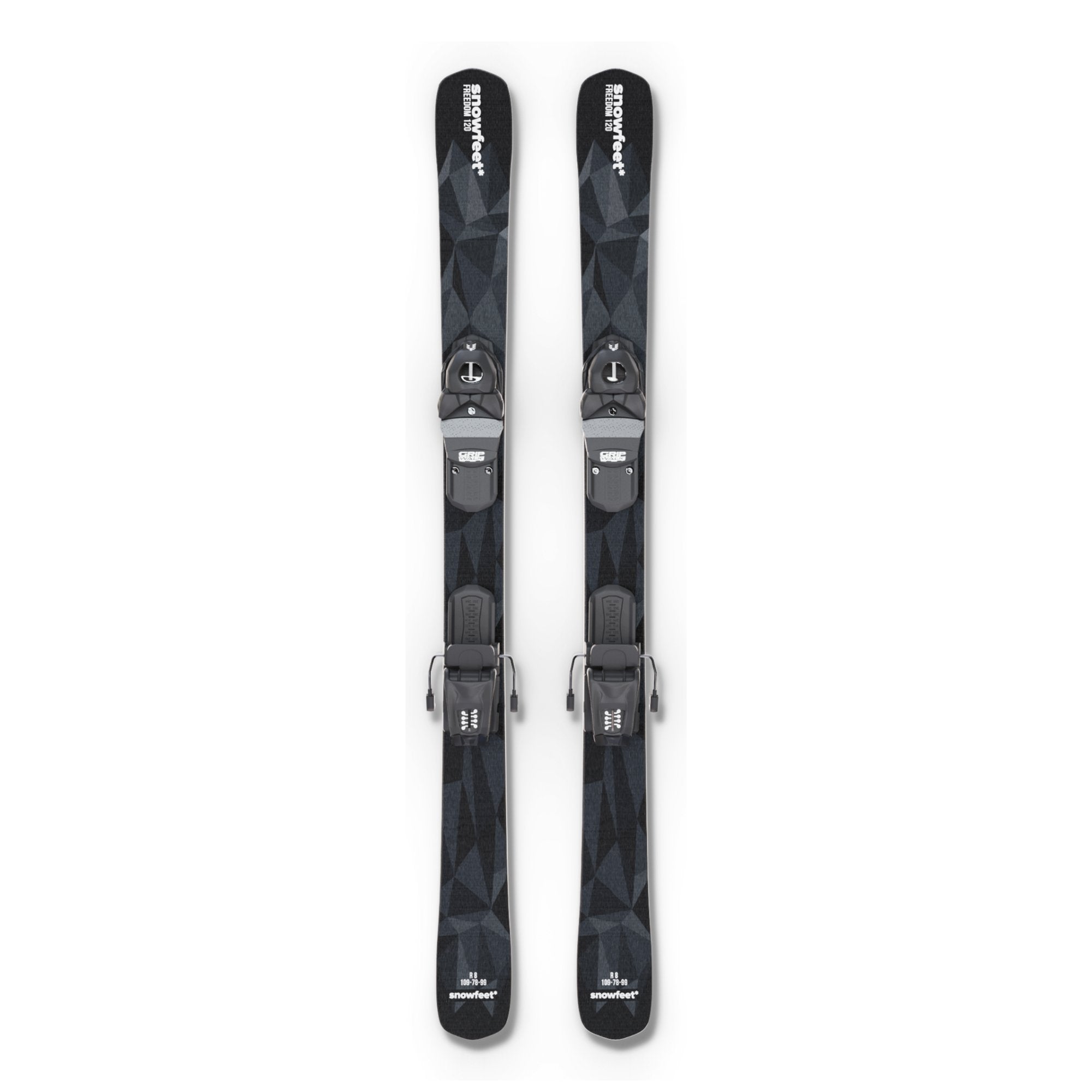
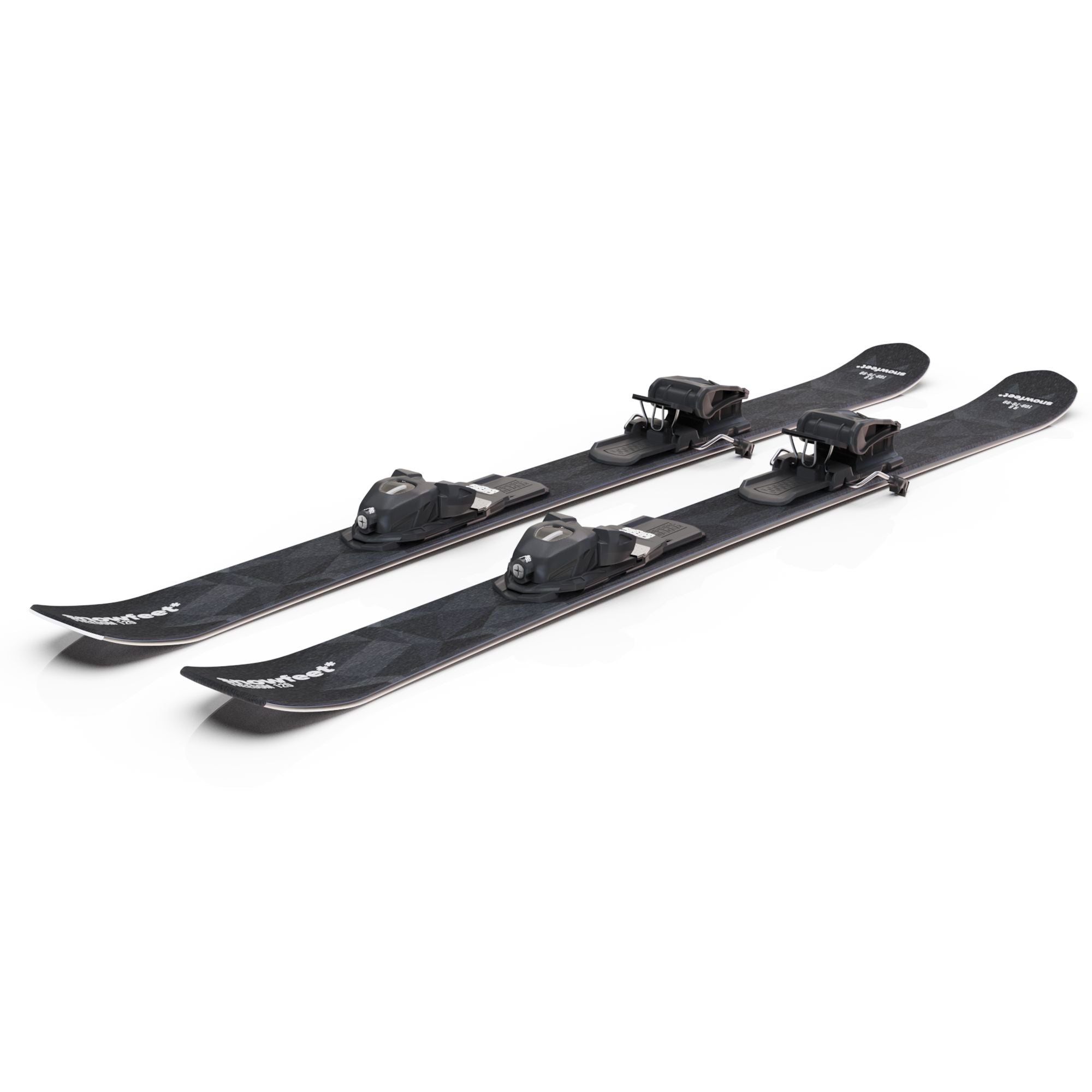
Leave a comment
This site is protected by hCaptcha and the hCaptcha Privacy Policy and Terms of Service apply.